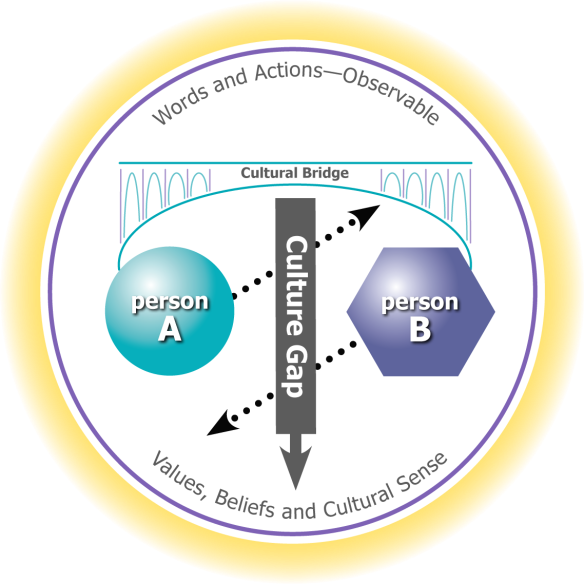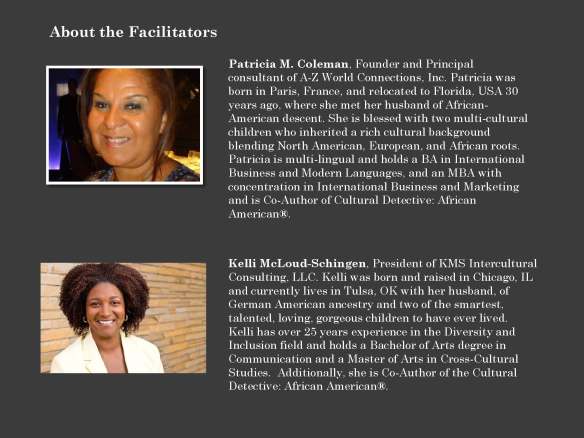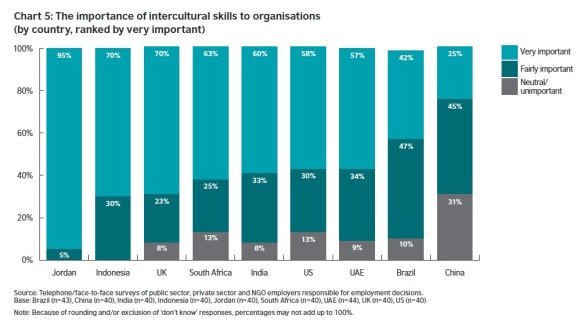 On this Juneteenth Freedom Day, I am humbled and honored to share with you a significant update in the Cultural Detective African American package. Since these materials were first published four years ago much has changed in the USA and in the African American community. When we initially asked its authors, Kelli McLoud-Schingen and Patricia M. Coleman to update the package, emotions were too raw, wounds too fresh, and the idea itself overwhelming.
On this Juneteenth Freedom Day, I am humbled and honored to share with you a significant update in the Cultural Detective African American package. Since these materials were first published four years ago much has changed in the USA and in the African American community. When we initially asked its authors, Kelli McLoud-Schingen and Patricia M. Coleman to update the package, emotions were too raw, wounds too fresh, and the idea itself overwhelming.
“With each face, each name and each court case, members of the African American community see their fathers, their sons, their brothers, their nephews, their lovers, their mothers, their daughters, their nieces, and themselves. The fear in the African American community is palpable, present, and real—and it paralyzes, polarizes, and traumatizes the community.
A year later they sent us a brilliant piece that provides important and often missing or over-looked context to today’s realities of the African American experience. This short essay is especially useful for people who are new to the USA or who just don’t “get” what all the “fuss” is about. I am personally and professionally very grateful to these two talented professionals for their contributions to intercultural understanding.
“There are real values in conflict here. When someone is killed—whether by the police or another citizen, African Americans expect the justice system to work…
When this doesn’t happen, overwhelming grief gives way to unimaginable pain, which, in turn, often gives way to irrepressible rage. When the rage is released, the socially pathological stories of black violence are reinforced, perpetuating the stereotypes that serve to dehumanize an entire group of people.
What we have now is an opportunity to explore why African Americans have had the need, in every generation, to ask the timeless question, “Am I not a full and equal citizen?” It seems the answer should be an unequivocal and resounding “yes,” but the question is most often met with an appalling silence, or worse, a loud “no” backed by legal might.”
Cultural Detective, as you know, is a licensed product, available via subscription (CD Online) or printed PDF at very affordable prices. The topic of race relations in the USA is so crucial, however, that the three of us feel compelled to share the new addition with our entire community. You will find it below. Please put it to good use, whether in combination with your Cultural Detective Online subscription or PDF license.















